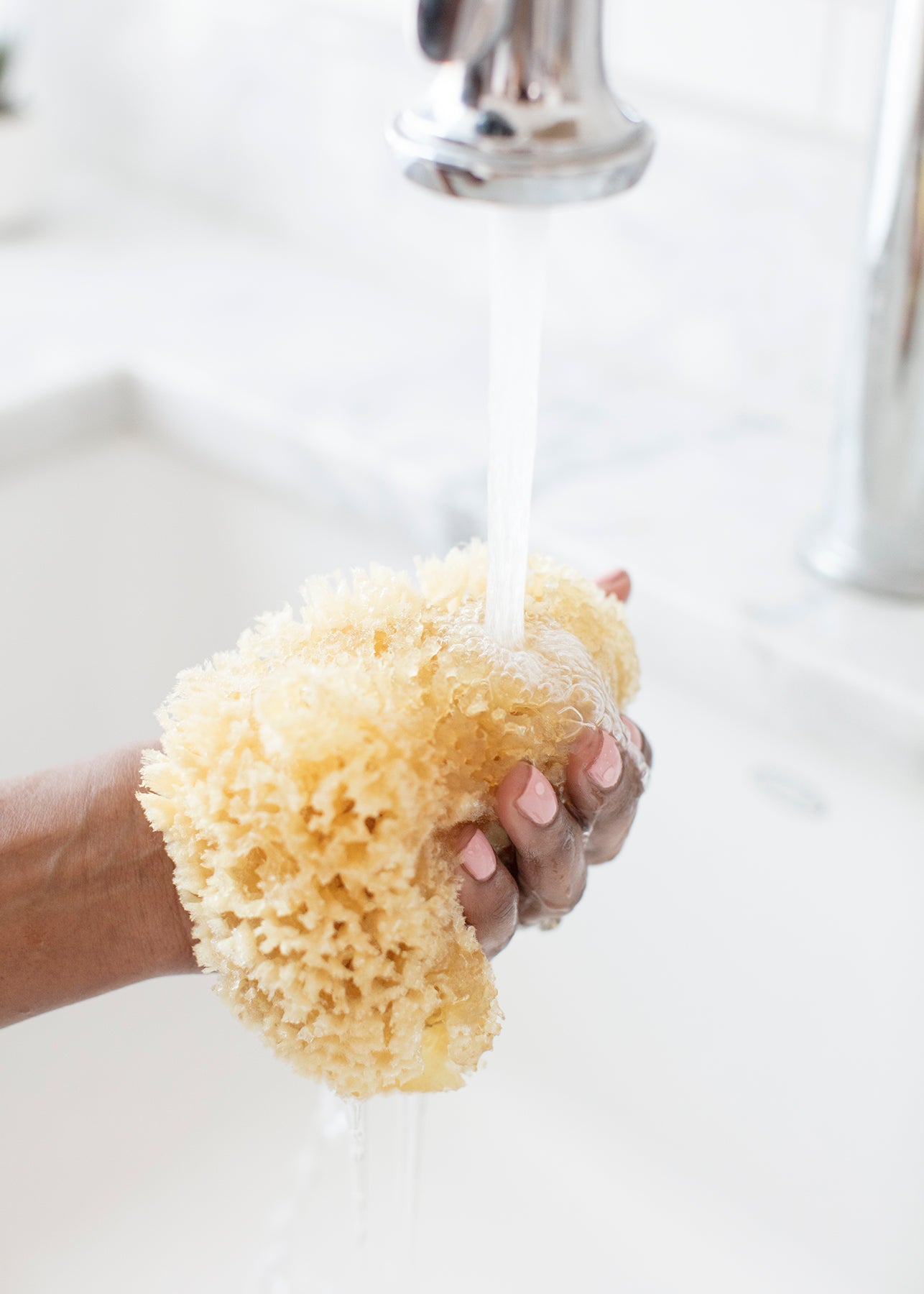
Winter Dry Skin Tips
Dry skin can make you look older and feel uncomfortable. Fortunately, there are easy and inexpensive ways to keep your skin supple and smooth year-round. With a few simple lifestyle changes, you'll be on your way to softer and healthier skin.
Change the Way You Cleanse
-
Select mild cleansers. Harsh soaps and hand sanitizers can make your skin feel drier. Deodorant soaps and cleansers with fragrance or alcohol strip away your skin's natural oils. Look for moisturizing bars and soap free cleansers instead.
-
Use a gentle touch. Massage your skin and scalp lightly rather than using vigorous scrubbing motions. Minimize your use of bath sponges, loofahs, and brushes that could also irritate your skin. Use a towel to pat yourself dry instead of rubbing. Apply your moisturizer while skin is damp to seal in moisture.
- Limit your time in the shower. Those long, hot showers you love may be stripping away your skin's oily layer. Keep showers and baths to 10 minutes or less. Also, lukewarm water will protect those natural oils better than hotter temperatures.
- Exfoliate your skin. Using a loofah, dry brush, or a salt/sugar scrub on your skin while in the shower can help remove dry skin and make skin softer and smooth.
-
Pay special attention to your feet. Using a foot soak can help soothe dry skin and tired feet. Soaking in Epsom salts, which contain magnesium, can help draw impurities and soften your feet. Try the DIY Coconut Milk Foot Soak recipe at the bottom.
Make the Most of Your Moisturizer
- Apply moisturizer immediately after washing. Lather on the moisturizer while your skin is still damp from the shower or from washing your face.
- Oils and butters are especially effective in preventing the evaporation of water from your skin and help to seal in moisture and softness.
- Try cocoa butter, shea butter, coconut oil, and jojoba oil to start. Our favorite body buttercream can be found here.
- If your face is oily or blemish prone, avoid using coconut oil on your face.
-
Select the right moisturizer for your skin. Reach for intensive products if you already have red scaly patches. Highly emollient formulas which contain petroleum jelly and oils will give you maximum hydration. Moisturizers with more water feel lighter and are usually adequate for normal or oily skin.
-
Update your skin care routine for seasonal needs. You may need more moisturizer in the winter to counter the effects of cold, dry air and indoor heating. Summertime may come with its own special needs too if you spend a lot of time swimming.
Develop These Easy, Healthy Habits for Your Skin:
- Avoid scratching. Moisturizers and cold packs will soothe itchy skin better. You'll also lower your risk of infection.
- To help alleviate itching, try taking an oatmeal bath or using Aveeno packs.
- If the itching is localized, try using hydrocortisone cream. If itching is severe, consult your physician.
-
Use fragrance-free laundry products. Look for alternatives to commercial fabric softeners that contain chemicals that are toxic to your skin and the environment.
- Your clothes will come out softer if you remove them from the dryer while they're still slightly damp or add some vinegar in the wash cycle.
- Try wool dryer balls instead of dryer sheets. They’re more sustainable, better for your skin, and the environment.
-
Avoid fabrics that irritate your skin. You may be sensitive to wools or certain synthetics. Wear clothing you can wear comfortably.
-
Use a humidifier. Combat dry air with a humidifier. You can get a portable model or one that attaches to your furnace. Make sure to keep it clean to protect from bacterial contaminants.
-
Turn down the heat. Central heating, fireplaces, and space heaters all reduce humidity. Try turning down the thermostat and dressing more warmly.
- Protect your skin from too much sun exposure. Although sunshine is an important source of Vitamin D and helps strengthen your immune system, natural heat also dries the skin. Usually, 15 minutes of sun each day is enough to soak up a good store of Vitamin D.
- Skin tends to get drier as you age, however, you can slow down those effects by using a full spectrum sunscreen when you're not replenishing your Vitamin D.
- Always use sunscreen when outdoors. SPF protection of at least 50+ is best.
-
Eat foods rich in omega-3 fatty acids. These essential acids have many benefits, including keeping your skin healthy. Indulge in fish, nuts, and olive oil.
-
Engage in regular exercise. An active lifestyle is good for your skin as well as your overall well-being. Aerobic activities and drinking plenty of water will improve your circulation and complexion.
-
Speak with your physician. If home remedies fail to work or you have sores that could get infected, get a physical examination. Your doctor can check for underlying conditions or refer you to a dermatologist for specialized treatments.
Alleviate your dry skin by changing the way you cleanse and adopting a healthy lifestyle. You'll love your new complexion and feel smooth all over.
Coconut Milk Foot Soak
16 oz. Coconut milk powder
3.5 oz. Himalayan Pink Salt
3.5 oz. Epsom Salt
3 oz. Baking soda
2 oz. Colloidal oatmeal
2 oz. Kaolin clay
1 oz dried flower mix. *We used a mix of lavender buds, rose petals, and chamomile flowers*
Directions: Mix all ingredients thoroughly. Place in an air-tight container and store in a cool, dry place.
To use: Add 2 tablespoons to a gallon of warm water in a foot bath. Let feet soak for 15 minutes. Remove feet and use a pumice stone or foot scrub, if necessary, to remove dry skin. Rinse feet and pat excess water but do not pat dry. Apply body butter, Vaseline, or other heavy moisturizer to feet. Massage gently.
For extra softness, apply extra on your feet and cover with clean socks before bed. Your feel will love you for it!




Leave a comment
This site is protected by hCaptcha and the hCaptcha Privacy Policy and Terms of Service apply.